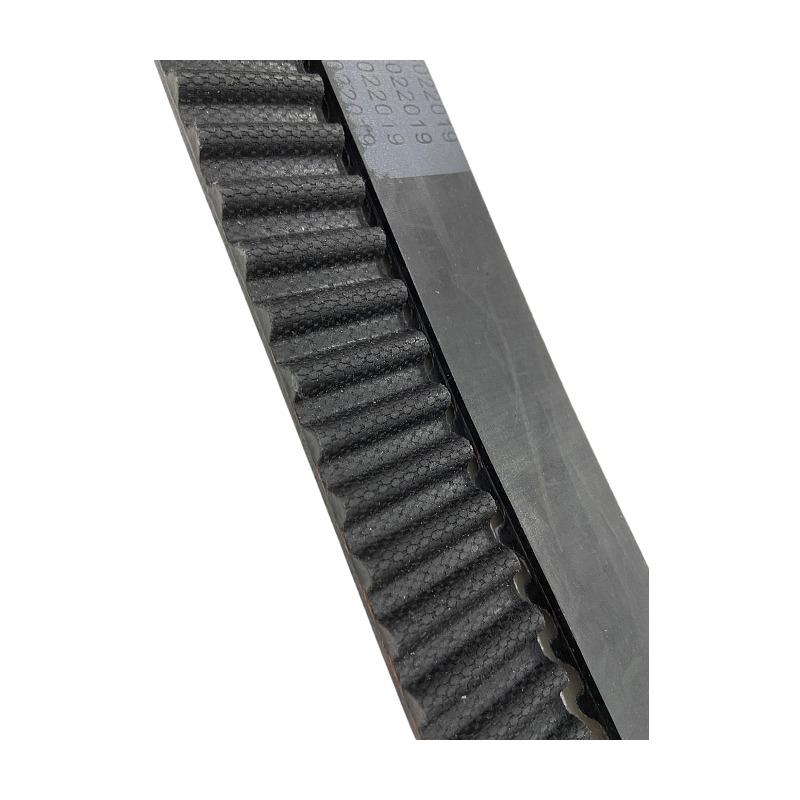- Arabic
- French
- Russian
- Spanish
- Portuguese
- Turkish
- Armenian
- English
- Albanian
- Amharic
- Azerbaijani
- Basque
- Belarusian
- Bengali
- Bosnian
- Bulgarian
- Catalan
- Cebuano
- Corsican
- Croatian
- Czech
- Danish
- Dutch
- Afrikaans
- Esperanto
- Estonian
- Finnish
- Frisian
- Galician
- Georgian
- German
- Greek
- Gujarati
- Haitian Creole
- hausa
- hawaiian
- Hebrew
- Hindi
- Miao
- Hungarian
- Icelandic
- igbo
- Indonesian
- irish
- Italian
- Japanese
- Javanese
- Kannada
- kazakh
- Khmer
- Rwandese
- Korean
- Kurdish
- Kyrgyz
- Lao
- Latin
- Latvian
- Lithuanian
- Luxembourgish
- Macedonian
- Malgashi
- Malay
- Malayalam
- Maltese
- Maori
- Marathi
- Mongolian
- Myanmar
- Nepali
- Norwegian
- Norwegian
- Occitan
- Pashto
- Persian
- Polish
- Punjabi
- Romanian
- Samoan
- Scottish Gaelic
- Serbian
- Sesotho
- Shona
- Sindhi
- Sinhala
- Slovak
- Slovenian
- Somali
- Sundanese
- Swahili
- Swedish
- Tagalog
- Tajik
- Tamil
- Tatar
- Telugu
- Thai
- Turkmen
- Ukrainian
- Urdu
- Uighur
- Uzbek
- Vietnamese
- Welsh
- Bantu
- Yiddish
- Yoruba
- Zulu
дец . 05, 2024 12:09 Back to list
Estimated Expenses for Replacing Your Timing Belt
Understanding the Costs of a New Timing Belt What You Need to Know
When it comes to vehicle maintenance, few components are as crucial as the timing belt. This vital part of your engine synchronizes the rotation of the crankshaft and camshaft, ensuring that the engine’s valves open and close at the proper intervals. A well-maintained timing belt can significantly prolong the life of your engine, while neglecting it can lead to catastrophic engine failure. One of the major concerns for vehicle owners is the cost associated with replacing a timing belt. In this article, we will explore the various factors that affect the timing belt replacement cost and what you can expect to pay.
Average Cost of Timing Belt Replacement
The average cost of a new timing belt replacement can range from $500 to $1,000, including parts and labor. However, this cost can vary significantly based on several factors, such as the make and model of your vehicle, the type of engine, geographical location, and whether any additional repairs are required. Luxury vehicles or those with complex engine designs may see costs on the higher end of the spectrum, sometimes exceeding $1,500.
Factors Influencing the Cost
1. Vehicle Make and Model Some vehicles have timing belts that are easier to access and replace than others. For example, a timing belt on a compact car generally costs less to replace than one on a large SUV or a luxury sedan. Additionally, certain models may require specialized parts or tools, which can drive the price up.
2. Labor Costs Labor costs can vary significantly depending on where you live and the repair shop you choose. Urban areas often have higher labor rates compared to rural settings. Mechanics with specializations in certain makes or models may charge more due to their expertise.
3. Additional Repairs During a timing belt replacement, mechanics may discover other issues, such as worn water pumps or other components that are typically replaced at the same time. Including these replacements can increase the overall cost but can also save you money in the long run by preventing further damage.
new timing belt cost

4. Quality of Parts The type of timing belt you choose can also affect the cost. Original Equipment Manufacturer (OEM) parts tend to be more expensive than aftermarket options. While OEM parts often come with a guarantee of quality and fit, some drivers opt for more affordable aftermarket parts, understanding that they may come with less assurance.
Importance of Timely Replacement
Ignoring the signs of a failing timing belt can result in serious damage to your engine. Belts can wear down over time, leading to cracks, fraying, or complete failure. Common signs that your timing belt needs attention include unusual engine noises, engine misfires, and trouble starting the vehicle. Most manufacturers recommend replacing the timing belt every 60,000 to 100,000 miles, but it’s vital to consult your owner’s manual for your vehicle’s specific recommendations.
Benefits of Proactive Maintenance
Investing in timely replacement of your timing belt not only safeguards against catastrophic failure but can also enhance the performance and efficiency of your vehicle. A new timing belt will help your engine run smoothly and meet its optimal fuel efficiency. This preventive maintenance is often less costly than waiting for the timing belt to fail, which could lead to engine damage costing thousands in repairs.
Conclusion
While the cost of a new timing belt can seem daunting, understanding the factors involved can help you make informed decisions about your vehicle’s maintenance. By prioritizing regular maintenance and addressing any signs of wear early on, you can save money in the long term and keep your engine running smoothly. Always consult a trusted mechanic for the best advice tailored to your specific vehicle and situation. Remember, a small investment in maintenance today can prevent a much larger expense tomorrow.
-
Korean Auto Parts Timing Belt 24312-37500 For Hyundai/Kia
NewsMar.07,2025
-
7PK2300 90916-T2024 RIBBED BELT POLY V BELT PK BELT
NewsMar.07,2025
-
Chinese Auto Belt Factory 310-2M-22 For BMW/Mercedes-Benz
NewsMar.07,2025
-
Chinese Auto Belt Factory 310-2M-22 For BMW/Mercedes-Benz
NewsMar.07,2025
-
90916-02660 PK Belt 6PK1680 For Toyota
NewsMar.07,2025
-
drive belt serpentine belt
NewsMar.07,2025

